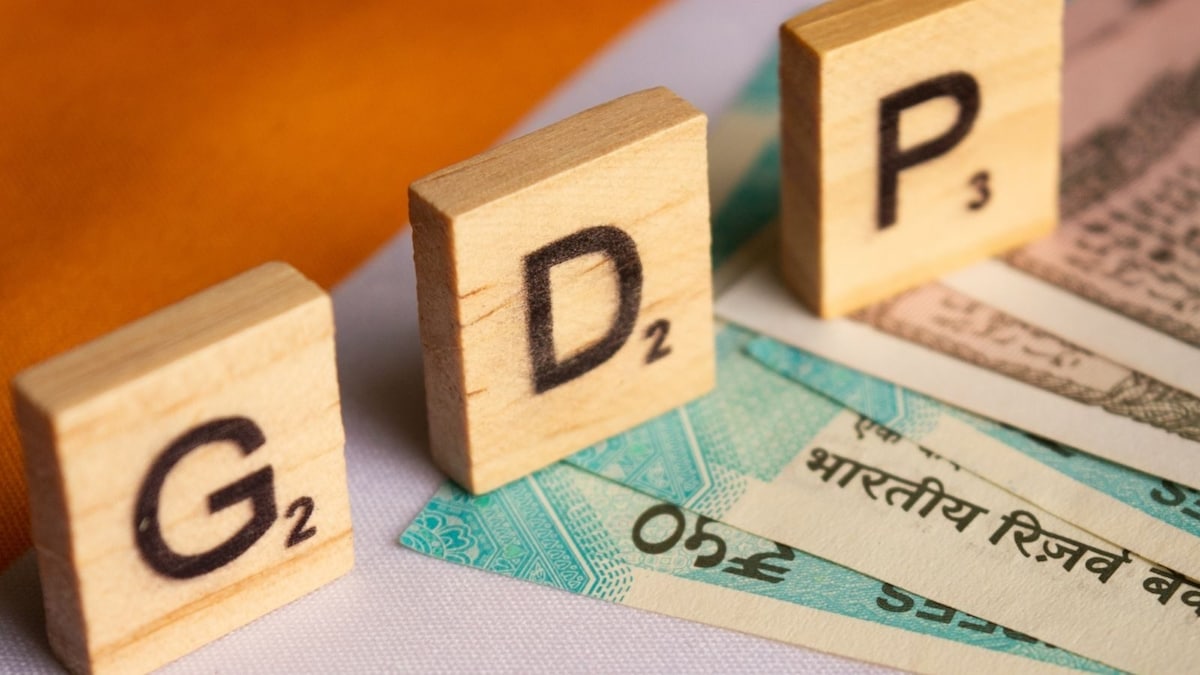
Stick to fiscal deficit as the norm for fiscal prudence
The HinduGovernment expenditures exceeding revenue by a high margin can lead to a difficult situation. In the 1980s, rising fiscal deficit accompanied by rising government debt led to a difficult balance of payments situation and a high ratio of interest payment to revenue receipts. With these levels of fiscal deficit in two consecutive years, the Centre’s debt-GDP ratio is estimated at 54% in 2025-26, assuming a nominal GDP growth of 10.5% in these two years. In this context, the Twelfth Finance Commission had observed, “The transferable savings of the household sector of 10 per cent of GDP combined with an acceptable level of current account deficit of 1.5 per cent would be adequate to provide for a government fiscal deficit of 6 per cent, an absorption by the private corporate sector of 4 per cent, and by non-departmental public enterprises of 1.5 per cent of GDP.” The recent tendency is for household financial savings to come down. In India’s context, if the debt-GDP ratio remains relatively high compared to the norms given in the FRLs of the Centre and States, the ratio of interest payment to revenue receipts would also remain high, pre-empting government’s revenue receipts while leaving progressively lower shares for financing non-interest expenditures.
History of this topic

India’s fiscal deficit will be 4.8 pc in FY25, below budget estimate of 4.9 pc: CareEdge Ratings
Live Mint
Economists ask Finance Minister to focus on growth rather than fiscal consolidation
New Indian Express
Budget 2024: Modi govt reduces fiscal deficit target to 4.9 per cent of GDP for FY25
India TV News
A look at key macro numbers ahead of Budget: GDP, fiscal deficit, inflation
Hindustan Times
Govt may revise fiscal deficit target to 5% of GDP in Budget
Hindustan Times
Budget 2024: It’s tax buoyancy that shrank the deficit
Live Mint
Union Budget fiscal deficit for 2024-25 at 5.1% compared to 5.8% in FY24
The Hindu)
Budget 2024: 5 key changes we can expect this year
Firstpost
Govt meets 6.4% fiscal deficit target for FY23
Hindustan TimesIndia likely to have stable debt-to-GDP ratio going forward, says IMF official
Deccan Chronicle
Budget 2023 | Fiscal deficit to be brought down to below 4.5% by 2025-26: FM Nirmala Sitharaman
The Hindu
Budget 2023: Know What Is Fiscal Deficit And How It Impacts Economy
ABP News
US starts fiscal year with record $31 trillion in debt
Associated PressFiscal deficit touches 32.6% of annual target till August this fiscal: official data
The Hindu
Fiscal Deficit Touches 32.6% of Annual Target Till August This Fiscal: Official Data
News 18
Fiscal deficit touches 20.5% of annual target in April-July: official data
The Hindu
Economy Might See Slowing Growth But Still Better Than Other Emerging Economies: FinMin
News 18
India seen boosting budget spending on infrastructure
Deccan Chronicle
India’s debt to GDP ratio is now at a 14-year high
Live MintIndia's fiscal deficit in 2020-21 lower than expected
The Hindu
US debt projected to balloon to more than double GDP by 2051
Al Jazeera)
Slower Consolidation to Constrain India's Fiscal Strength Over Medium Term: Moody's
News 18
Budget 2021: ’Raise limit for senior citizens interest income to ₹1 lakh’
Live Mint
Government debt-to GDP ratio to be at 80% by FY30: Report
Deccan Chronicle)
Govt Should Have Clear Exit Strategy, Milestones Needed for Fiscal Consolidation: RBI
News 18)
Fiscal Deficit Touches 83.2% of Budget Estimates at End-June due to Poor Tax Collection amid Lockdown
News 18Discover Related
















)




























